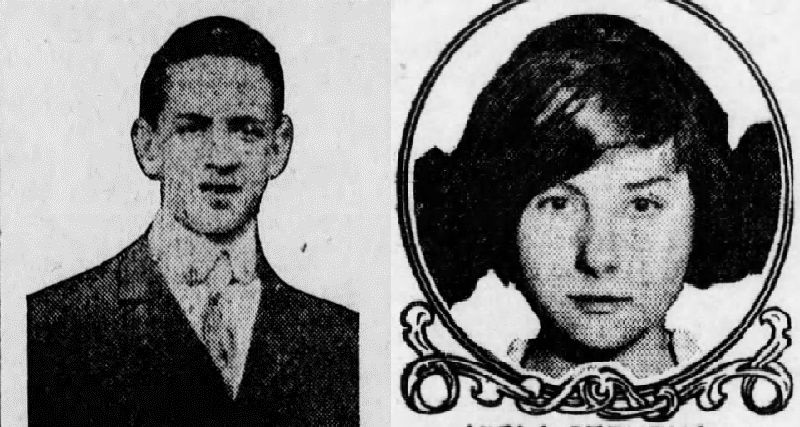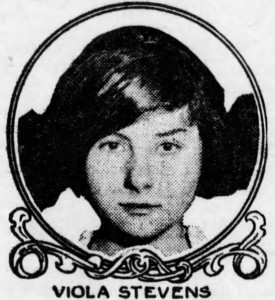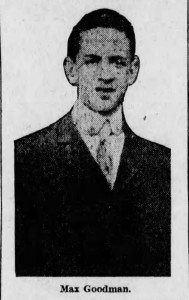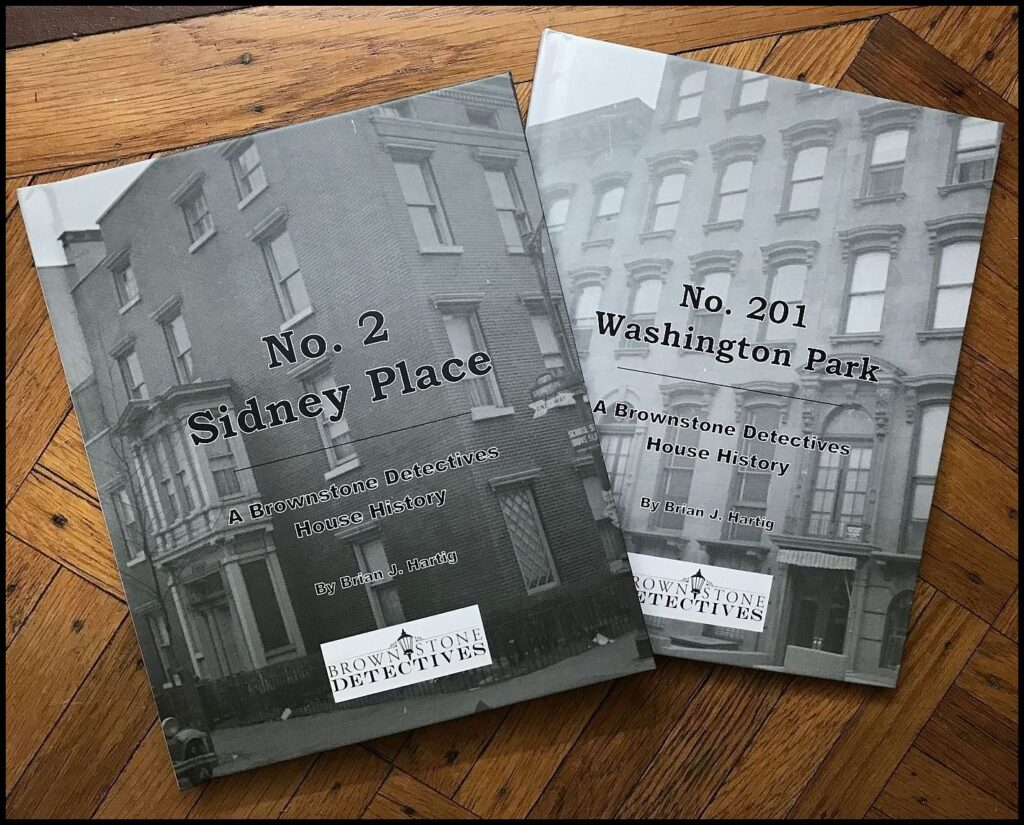The Campfire Girl & The Marxist (1915)

Brownstone Detectives investigates the history of our clients’ homes.
The story you are about to read was composed from research conducted in the course of one of those investigations.
Do you know the history of YOUR house?
********************************************************************************************************************************
If nature were a fair goddess, she would have made some girls boys and some boys girls. Although most teenagers often go into their young adulthood trying to determine just who they are, some know it instinctively and early on from experiences that leave indelible etchings upon their souls.

Viola Stevens was just such a girl.
Although she was new to Hancock Street – and a bit serious for her years – she had initially proved herself to be very much like all of the other girls on the block. She loved nature, had boy “friends,” was a Campfire Girl, and had even, after some time, became a Woodcraft Girl.
In other words, she spent nearly all of her 15 years doing “girl” things.
In 1915, though, all of that changed when she did a very “boy” thing, which terrified her mother and excited the entire borough.
She ran away – with a socialist.
A MOTHER’S POINT OF VIEW
No, of course. The “running away” bit was the actual catastrophe as far as her mother was concerned. The fact that the boy was a socialist simply added some salt to the wound.

Any mother would tell you that her daughter is her world and that she is pure as the driven proverbial snow, and Mrs. Stevens spent the next several days attempting to convince the world of that.
“Viola was always a good, quiet girl.” Mrs. Stevens, of 859 Hancock Street, told The Sun. “Ever since she was a baby she has loved to be out in the country among the flowers and birds.
“I think she was overcome with a sudden longing for the woods and left home impulsively. I am sure she would come to me right away if she knew how I felt. A little girl can’t stay away from her mother for more than two or three days without feeling homesick, can she?”
It was clear that Mrs. Stevens was in denial. Possibly shock.
WHEN VIOLA MET MAX
Viola Stevens lived in a two-story and basement brownstone house on Hancock Street with her mother and father. Having recently moved there from Rochester Avenue, she was new to the block, but she still attended the Girls High School and clung to her old friends.

According to a student who helped them with their escape, Andrew Bostwick, it was at a lecture on metals, one of a course of eight given at the Commercial High School the previous fall, where Viola first met Max Goodman.
Max Goodman was a Roumanian immigrant. Born in eastern Europe in 1899, his family had emigrated to the U.S. when he was very young.
“He was a very serious student of chemistry and read very deeply and he had decided views on socialism,” Bostwick ruminated. “He was a close student of Marx.”
Andrew and Max had been diligent in their attendance of the lecture on metals; Viola was invited by Andrew to attend the last of the series, and there she was introduced to Max. Thereafter, she met Max frequently at the Bostwick house, where Max and Andrew were engaged in experiments in analytical chemistry.
Some would conjecture later – with not a little help from the sensationalist newspaper stories – that the boy socialist was making gas bombs or was part of a larger group plotting the overthrow of the government, but no proof was ever tendered of such archaically driven plans. In 1915, people were still just a bit edgy about socialism and that fear was played upon in the papers.
While Max was pursuing chemistry at the Boys High and Andrew the same study at Erasmus, Viola was showing proficiency in botany at the Girls High School. She had specialized in moths and was well versed in woodcraft lore.
In fact, she was a member of the girls’ organization known as “Woodcrafters.”
“She was the only girl friend that Max ever had,” said Andrew. “She used to come and watch our chemistry experiments.”
———————————————————————————————————————–
Stay tuned for Pt. II of “The Campfire Girl and The Marxist” in tomorrow’s Brownstone Detectives blog post.
———————————————————————————————————————–
———————————————————————————————————————–
 Brownstone Detectives is an historic property research agency. Our mission is to document and save the histories of our clients’ homes. From our research, we produce our celebrated House History Books and House History Reports. Contact us today to begin discovering the history of your home.
Brownstone Detectives is an historic property research agency. Our mission is to document and save the histories of our clients’ homes. From our research, we produce our celebrated House History Books and House History Reports. Contact us today to begin discovering the history of your home.
[…] (And now, the thrilling conclusion of – “The Campfire Girl & The Marxist.”) […]